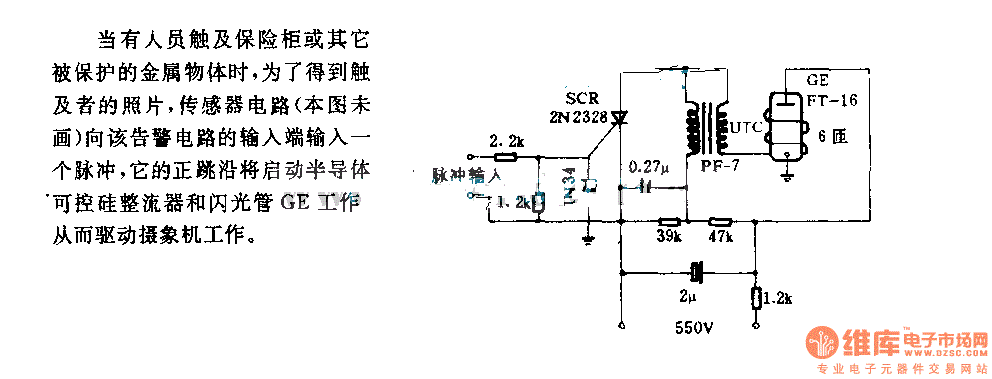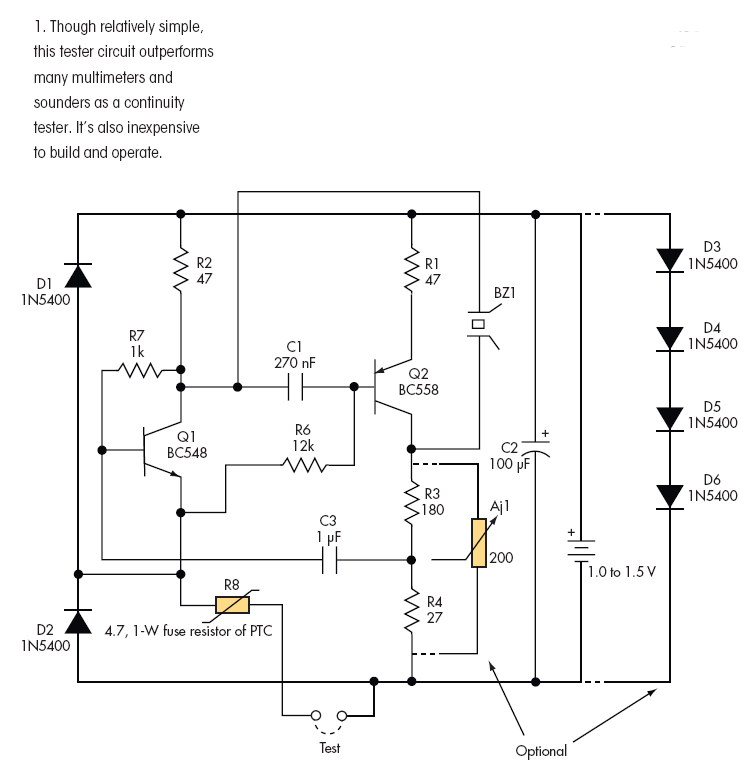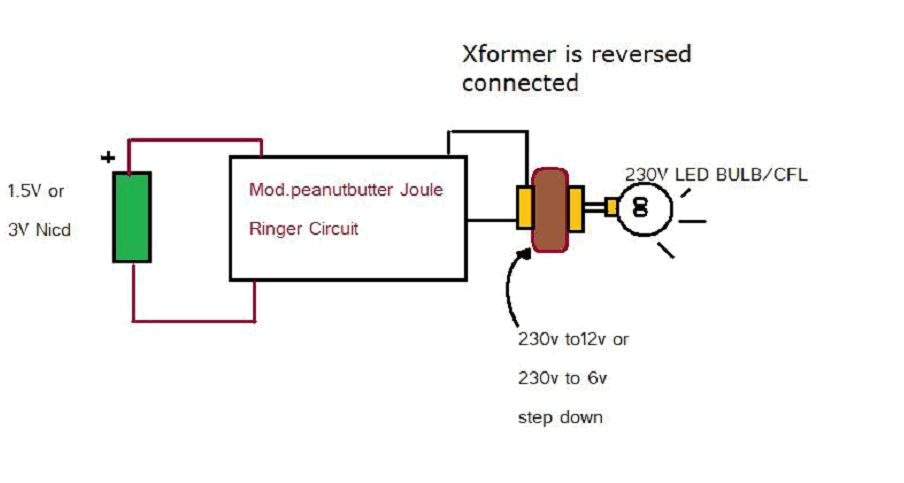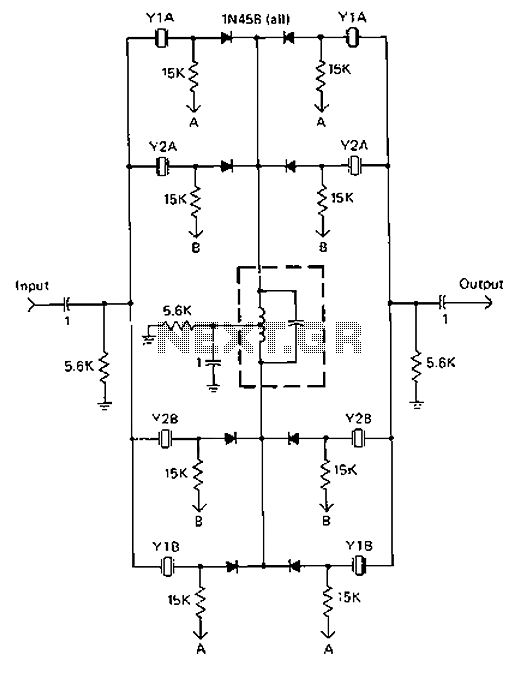
The alarm circuit diagram for safety box and other metal objects

When an individual touches the safety box or other protected metal objects, the sensor circuit generates a pulse to the alarm circuit. The positive edge of this pulse activates the semiconductor and thyristor flash GE, subsequently triggering the camera to take a photograph.
The described circuit involves a sensor that detects contact with a safety box or other metallic objects. Upon detection, the sensor circuit outputs a pulse signal to an alarm circuit. This pulse is characterized by a positive edge, which is crucial for triggering the subsequent components in the circuit.
The alarm circuit is designed to interpret the incoming pulse and activate a semiconductor device, which in this context may refer to a transistor or a similar component. This semiconductor acts as a switch, allowing current to flow to a thyristor, specifically a thyristor flash GE. The thyristor is a type of semiconductor device that can control power and is often used in applications requiring high voltage and current. When activated by the alarm circuit, the thyristor allows for the rapid discharge of energy stored in a capacitor, resulting in a flash of light.
This flash serves as a brief illumination source for the camera, which is also a part of the circuit. The camera is triggered to capture an image simultaneously with the activation of the thyristor flash. This coordinated operation ensures that the photo is taken at the moment of contact, capturing the individual who touched the safety box or protected metal object.
In summary, the circuit consists of a sensor that detects contact, an alarm circuit that processes the signal, a semiconductor device that activates the flash, and a camera that captures the image. This system serves a security function, providing visual evidence of unauthorized access or tampering with protected items. Proper design considerations should include the selection of components that can handle the necessary current and voltage levels, along with ensuring that the timing of the pulse and the activation of the flash and camera are synchronized effectively.When someone touches the safety box or other protected metal objects, in order to get the photo of the toucher, the sensor circuit inputs a pulse to the alarm circuit, and its positive edge will start the semiconductor and thyristor flash GE, then driving the camera work.. 🔗 External reference
The described circuit involves a sensor that detects contact with a safety box or other metallic objects. Upon detection, the sensor circuit outputs a pulse signal to an alarm circuit. This pulse is characterized by a positive edge, which is crucial for triggering the subsequent components in the circuit.
The alarm circuit is designed to interpret the incoming pulse and activate a semiconductor device, which in this context may refer to a transistor or a similar component. This semiconductor acts as a switch, allowing current to flow to a thyristor, specifically a thyristor flash GE. The thyristor is a type of semiconductor device that can control power and is often used in applications requiring high voltage and current. When activated by the alarm circuit, the thyristor allows for the rapid discharge of energy stored in a capacitor, resulting in a flash of light.
This flash serves as a brief illumination source for the camera, which is also a part of the circuit. The camera is triggered to capture an image simultaneously with the activation of the thyristor flash. This coordinated operation ensures that the photo is taken at the moment of contact, capturing the individual who touched the safety box or protected metal object.
In summary, the circuit consists of a sensor that detects contact, an alarm circuit that processes the signal, a semiconductor device that activates the flash, and a camera that captures the image. This system serves a security function, providing visual evidence of unauthorized access or tampering with protected items. Proper design considerations should include the selection of components that can handle the necessary current and voltage levels, along with ensuring that the timing of the pulse and the activation of the flash and camera are synchronized effectively.When someone touches the safety box or other protected metal objects, in order to get the photo of the toucher, the sensor circuit inputs a pulse to the alarm circuit, and its positive edge will start the semiconductor and thyristor flash GE, then driving the camera work.. 🔗 External reference





